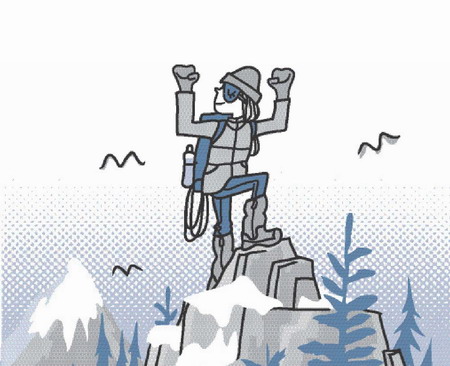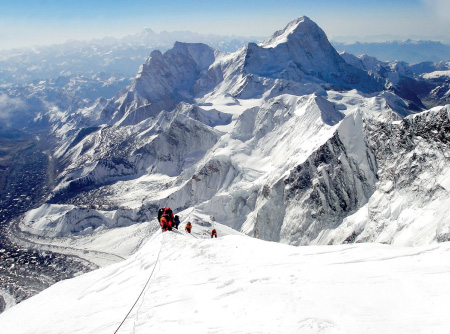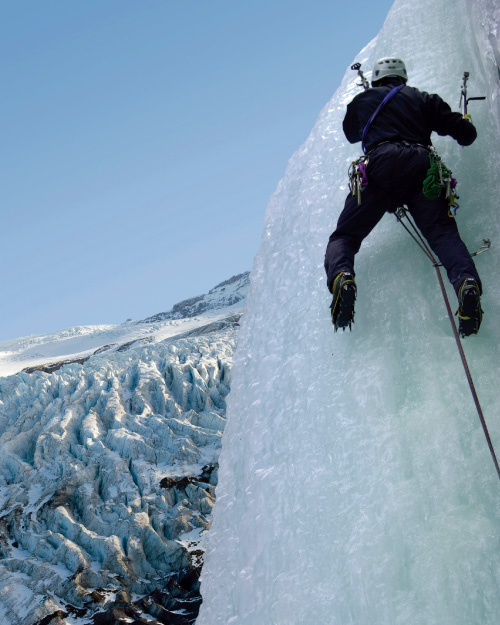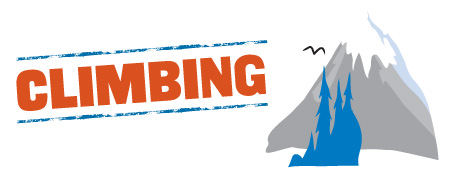“Murder Wall,” “Killer Mountain,” and “Man Eater” sound like the prison names of super-scary criminals. They’re actually nicknames given to the world’s biggest, baddest mountains. When scaling a mountain, a lot can go wrong. But if you’re shooting to touch the sky and come back to tell the (tall) tale, read on.
Top of the World
Even for an elite mountaineer, to conquer one of the world’s massive peaks takes years of training. Altitude is a tough foe; lack of oxygen is deadly. Only 153 people have ever made it to the top of Annapurna, in central Nepal, and 58 have died trying—that’s a death rate of nearly 40 percent! At more than 26,000 feet (8,000 m), it is NOT recommended for weekend hikers.
Snow Trouble
When climbers first ascended Mont Blanc in the French Alps in 1786, it was an amazing feat. These days, about 20,000 people make it to the summit each year—though at least 50 people died on this mountain in 2008 alone. Mont Blanc is far from tame, and its popularity may have made it even more dangerous—more climbers increase the risk of an avalanche.
Day Trippers…and Fallers
Mount Washington in New Hampshire is the tallest mountain in the eastern United States. It stands “only” 6,288 feet (1,917 m) above sea level, and experienced trekkers can climb it in a day. But do not underestimate this mountain. Since 1849, at least 140 people have died on its slopes, many from hypothermia. The weather station on the summit is called the “Home of the World’s Worst Weather,” with temperatures as low as −47°F (−43°C) and wind speeds of up to 231 miles (371 km) per hour. Not a good place to plan a picnic!


Mountaineers climbing Mt. Everest, the tallest mountain in the world. It stands at 29,035 feet (8,850 m).
FAST FACT
• Famous mountaineer Reinhold Messner was the first to summit all fourteen of the eight-thousanders. It took him sixteen years. He completed this feat in 1986.

A climber tackling an ice wall.
